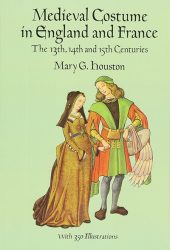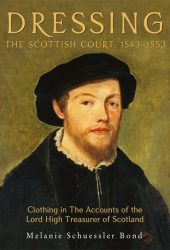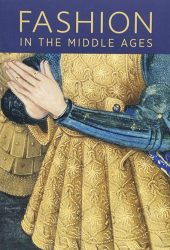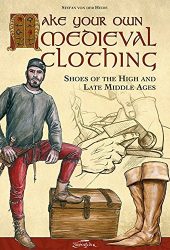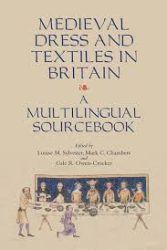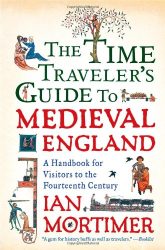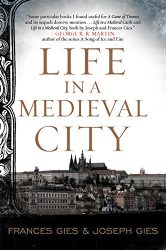Clothing in the Middle Ages was crafted from many different materials. Sometimes, these were chosen for their practicality, durability, and availability. For example, wool and linen were worn by peasants, while the nobility could access luxurious silk for adorning.
Medieval garments reflected both social status and the environmental demands of the era. So, let’s take a look at the rich tapestry of materials that clothed the people of medieval Europe, how they were sourced, and what they looked like once they were turned into garments.
The Most Used Materials
For the majority of people in the Middle Ages, especially commoners and peasants, the most commonly used materials for clothing were wool and linen.
These materials were readily available, relatively inexpensive, and offered practical benefits suited to the harsh realities of medieval life
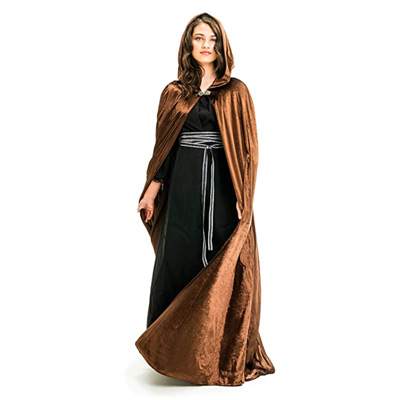
Wool
Wool was the primary fabric for clothing worn by the majority of people in medieval Europe. It was produced from the fleece of sheep, which were plentiful and raised for their wool throughout the region. Wool garments provided warmth, durability, and protection from the elements, making them well-suited to the often cold and damp medieval climate. Tunics, cloaks, hose, and other basic garments were commonly made from wool.
Linen
Linen, made from the fibres of the flax plant, was another widely used material for clothing, particularly in warmer regions or during the summer months. Linen garments were lightweight, breathable, and comfortable to wear, making them suitable for undergarments, shirts, chemises, and other inner layers. Linen was also favoured for its ability to wick away moisture and keep the body cool in hot weather.
Other Materials Used in the Middle Ages
While wool and linen were the most common materials for everyday clothing, other materials such as silk, leather, and fur were used by those with greater means or specific needs.
Silk
Silk was a luxurious and highly prized fabric imported from Asia. It was used primarily by the wealthy elite for garments such as dresses, cloaks, and decorative trim. Silk was valued for its softness, lustre, and vibrant colours, making it a symbol of wealth and status.
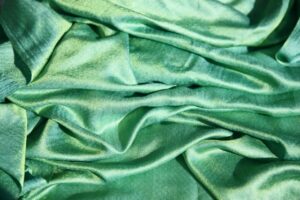
Leather
Leather was used for making outerwear, accessories, and footwear in the Middle Ages. It was durable, water-resistant, and provided protection from the elements. Leather garments such as jerkins, coats, and boots were worn by soldiers, laborers, and travellers.
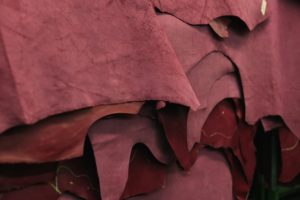
Fur
Fur was used for lining garments, collars, and trim to provide warmth and insulation during cold weather. Common fur types used in medieval clothing included rabbit, fox, mink, and squirrel. Fur garments were often worn by the wealthy elite as a symbol of luxury and status.
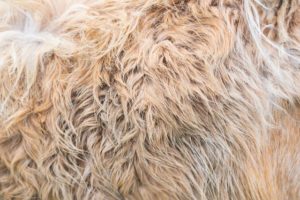
Cotton
While less common than wool or linen, cotton was occasionally used in medieval clothing, particularly in regions where it was grown, such as the Mediterranean and Middle East. Cotton fabrics were lightweight, breathable, and comfortable, making them suitable for warm-weather garments.
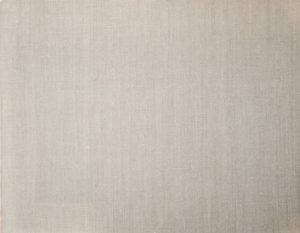
These are just a few examples of the materials used for medieval clothing. Other materials such as hemp, velvet, brocade, and samite were also used for special occasions or by specific social groups.
Books about Medieval Life and Clothing
These books provide valuable resources for those interested in delving into the intricacies of medieval life and the clothing worn during that era. They offer a wealth of information and scholarly analysis, making them excellent choices for anyone seeking to expand their knowledge on the subject.


